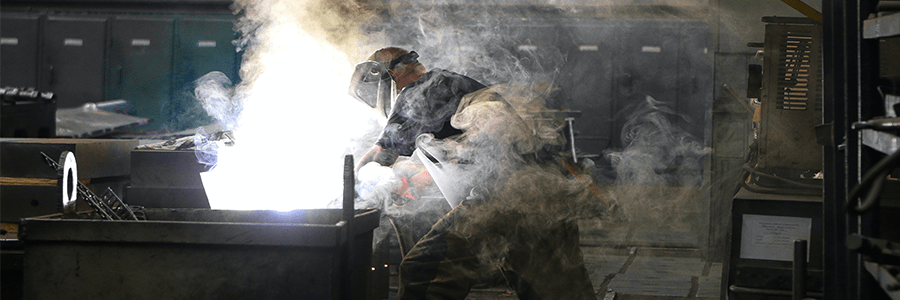Summary
- Index has moved sideways for over two years.
- Most components remain negative.
- Prices paid reading surges.
 |
 |
The Federal Reserve Bank of Kansas City reported that its index of manufacturing sector activity declined to -4 during April from -2 in March, indicating a continued decline in factory sector activity. The index has been at zero or below since October 2022. This survey was taken between April 16-21.
Haver Analytics calculates an index based on the Kansas City results which is comparable to the ISM series. This index eased to 50.0 (NSA) from 51.4 in March. It compared to a low of 43.7 last July.
The new orders index of -11 this month compared to -12 in March. Thirty percent (NSA) of respondents reported higher orders while 37% reported a decline. Shipments improved to -2 from -4 and remained above -12 in December. Thirty-three percent (NSA) of respondents reported higher shipments while 28% reported a decline. Employment fell to -11 this month from -4 In March. It has been negative for three straight months. Thirteen percent (NSA) of respondents reported more hiring while 25% reported less. The average workweek index fell to -6 from +6 in March. Supplier delivery times surged to 13 from -1 as a higher 18% (NSA) of respondents reported a quickening of delivery speeds and a lessened 2% indicated a slowdown. Finished goods inventories rose to +5 from -8 in March, indicating the greatest rate of inventory accumulation in four months. Materials inventories weakened to -5 in April from +4 in March.
Inflation indicators strengthened in April. The prices paid index for finished products jumped to 29 from 15 in March. It was the highest reading in almost three years, up from a low of -3 in July 2023. Thirty-four percent (NSA) of respondents reported higher prices while none paid less. The raw materials index held at 42, up from a low of -1 in October 2023.
The composite index of expectations six months ahead fell to 6 in April from 10 in March. It was below a high of 17 in December. Expectations for future shipments fell to 9 this month, down from 31 in December. Orders expectations also weakened significantly, with the index falling to a minimal 3 from 20 in March. The employment reading of 1 compared to zero in March and 19 in December. Expectations continue to be for higher prices. The expectations index for finished goods prices jumped to 59, a roughly three-year high, from 39 in March. Raw material prices jumped to 71 in April, also a three-year high, from 57 in March.
The latest survey was conducted between April 16-21, 2024 and included 97 responses from factories in Colorado, Kansas, Nebraska, Oklahoma, Wyoming, northern New Mexico, and western Missouri.
The series dates back to July 2001. The diffusion indexes are calculated as the percentage of total respondents reporting increases minus the percentage reporting declines. The composite index is an average of the production, new orders, employment, supplier delivery time, and raw materials inventory indexes. Data for the Kansas City Fed Survey can be found in Haver’s SURVEYS database.
The Fed’s latest Beige Book covering regional economic conditions is available here.
 |
 |




Comments are closed.